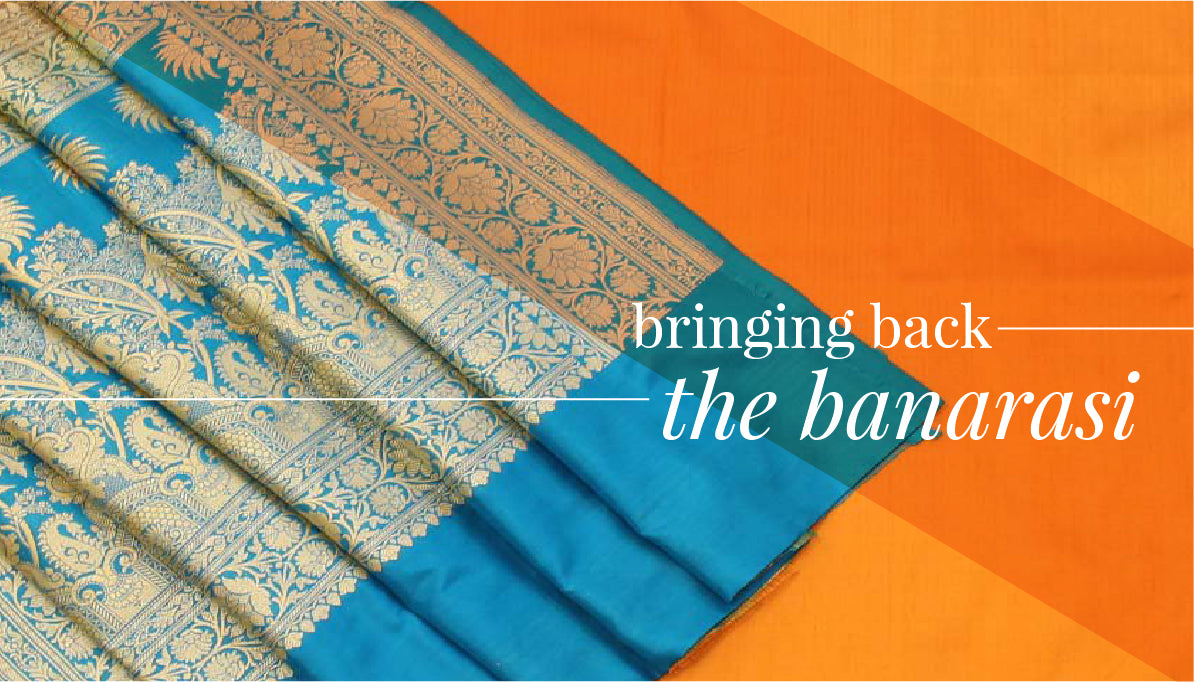Native to the holy city of Varanasi in Uttar Pradesh, the Banarasi saree is a fine variant of silk sarees and an unmatched example of excellent artistry. Upgrade your saree collection with a Banarasi to look exceptional and help revive a handloom as rich as tradition itself.
Retracing the Banarasi legacy
The earliest mention of the Banarasi finds its way in the timeless Jataka Tales and Pali texts as well as the monumental Indian epic, the Mahabharata. The silk was draped during important Hindu rituals and by the Buddhist monks as shawls.
Although a celebrated handloom centre since time immemorial, the patronage of the Mughals, Emperor Akbar in particular, acted as an important catalyst in bringing the Banarasi handloom worldwide recognition. In fact, Akbar loved the silk so much that he extended its application to carpets and wall hangings - draping his palace in the exquisite fabric. It was the Persian influence that led to the use of zari, made of gold and silver and motifs like the paisley, flower patterns and jali work (net). The influx of skilled brocade weavers from Gujarat in the 17th century also helped augment the craft.

Making the Banarasi
Creating the zari is an extensive process and a wonder of its own. The zari thread is used to make the motifs that feature on the Banarasi. The main body of the saree is made of silk traditionally. It is said that much before the brocade and zari Banarasi, the tanchoi silk weaving technique was adopted by the weavers in Banaras from the weavers in Gujarat. The tanchoi has a soft finish involving a single or double wrap and two to five colors on the weft which are often of the same shade, on Silk fabric. Famed for the intricate and small weaving patterns over the fabric, some extra threads are added to give the saris an appearance of being embroidered.

Reviving the Banarasi With the decline of the Mughal empire, the Banarasi handloom also lost its patronage. Westernization, lead to a shift in trends. Traditional motifs like the badaam (almonds), kairi (mango) and stylised butis (flower clusters) were replaced with rosettes and more geometrical patterns. Indian silk gave way to Chinese, with plastic threads used instead of gold and silver zari.
Helping put the Banarasi legacy back on the map, prominent designers like Sabyasachi, Ritu Kumar and Anita Dongre have joined hands with grassroot weavers to spin couture magic and restore forgotten motifs. Reviving the Banarasi is a way of contributing to the society, helping improve the markets for the traditional weavers.










Leave a comment